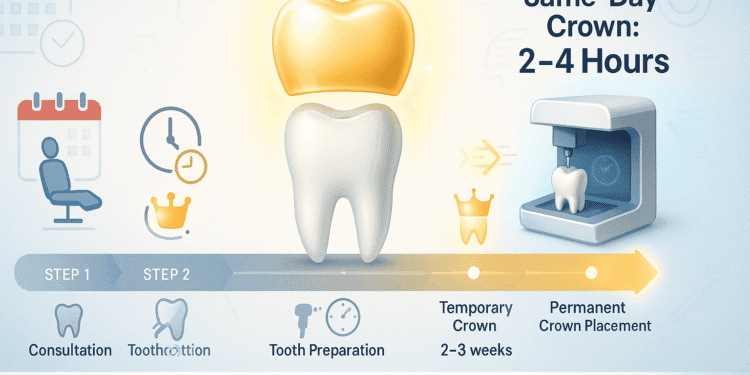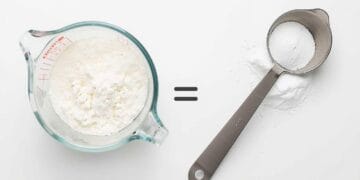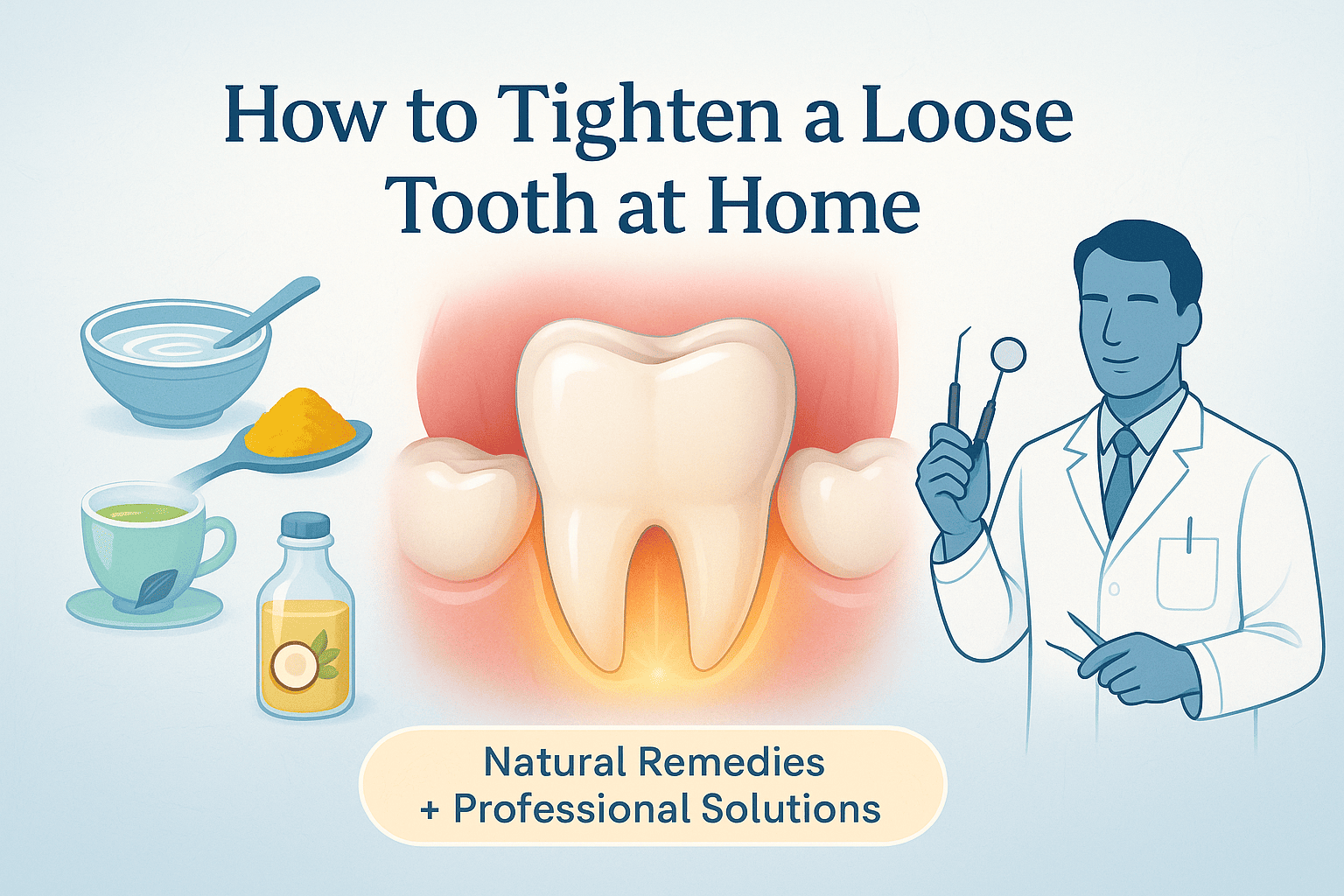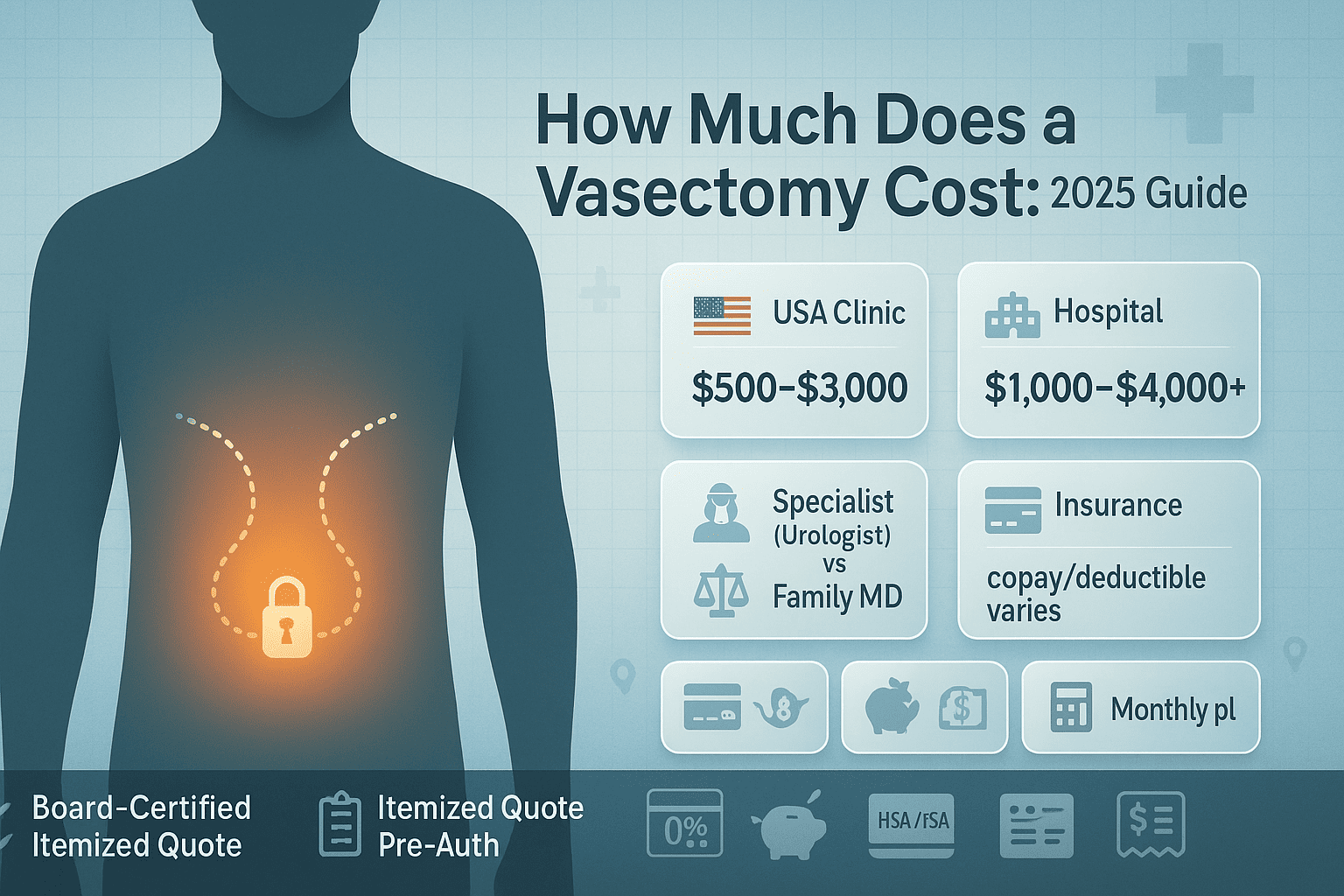How Long Does a Crown Take: Your Complete Timeline Guide
Getting a dental crown can feel overwhelming, especially when you’re wondering how much time you’ll need to set aside for the process. Whether you’re dealing with a damaged tooth or need aesthetic improvement, understanding the timeline for crown placement helps you plan better and reduces anxiety about the procedure.
The short answer? A traditional dental crown typically takes 2-3 weeks from start to finish, involving two separate appointments. However, with modern same-day crown technology, you could walk out with your permanent crown in just 2-4 hours. But let’s dive deeper into what affects these timelines and what you can expect during your crown journey.
Understanding Dental Crowns
What is a Dental Crown?
Think of a dental crown as a protective cap for your tooth. Just like a helmet protects your head, a crown covers and protects a damaged, weakened, or aesthetically compromised tooth. It’s custom-made to match your natural teeth and restore both function and appearance.
Crowns serve multiple purposes: they strengthen weak teeth, restore broken ones, cover severely discolored teeth, hold dental bridges in place, and cap dental implants. They’re essentially your tooth’s best friend when natural structure isn’t enough anymore.
Types of Dental Crowns Available
Not all crowns are created equal, and the type you choose significantly impacts your timeline. Porcelain crowns offer the most natural appearance but require more precise laboratory work. Metal crowns, while less aesthetically pleasing, are quicker to fabricate and incredibly durable. Porcelain-fused-to-metal crowns provide a middle ground, combining strength with reasonable aesthetics.
The Crown Process Timeline
Initial Consultation and Examination
Your crown journey begins with a thorough examination. During this 30-60 minute appointment, your dentist evaluates the affected tooth, discusses treatment options, and creates a treatment plan. This isn’t just a quick look – it’s a comprehensive assessment that determines whether you’re a good candidate for a crown and which type would work best.
Tooth Preparation Phase
The actual crown process starts with tooth preparation, which typically takes 60-90 minutes. Your dentist removes damaged portions of the tooth and shapes it to accommodate the crown. This might sound intimidating, but local anesthesia ensures you’re comfortable throughout the procedure.
X-rays and Impressions
Before any work begins, X-rays help your dentist see what’s happening below the gum line. Impressions of your prepared tooth are crucial – they’re like blueprints that guide the laboratory in creating your custom crown. Digital impressions are becoming more common, offering greater accuracy and comfort compared to traditional putty molds.
Temporary Crown Placement
Here’s where many patients get confused about timing. After preparing your tooth, you’ll receive a temporary crown that protects the prepared tooth while your permanent crown is being made. This temporary solution typically stays in place for 2-3 weeks with traditional crowns.
Traditional Crown Timeline
First Appointment Duration
Your first visit is the longest, usually lasting 1-2 hours. This includes numbing the area, preparing the tooth, taking impressions, selecting the appropriate shade, and placing your temporary crown. Don’t plan any important meetings immediately after – you might feel groggy from the anesthesia.
Laboratory Fabrication Time
Once your impressions reach the dental laboratory, skilled technicians begin crafting your custom crown. This process typically takes 2-3 weeks, though some labs offer rush services for an additional fee. The laboratory time depends on the crown material, complexity of your case, and the lab’s current workload.
Second Appointment for Permanent Crown
Your final appointment is usually shorter, lasting 30-60 minutes. Your dentist removes the temporary crown, checks the fit and color of your permanent crown, makes any necessary adjustments, and permanently cements it in place. You’ll bite on soft materials to ensure proper alignment before the final bonding.
Same-Day Crown Technology
CEREC and CAD/CAM Systems
Technology has revolutionized dental crown procedures. CEREC (Chairside Economical Restoration of Esthetic Ceramics) systems allow dentists to design, mill, and place crowns in a single visit. Instead of traditional impressions, a digital scanner captures precise images of your prepared tooth.
Single-Visit Crown Procedure
With same-day crowns, your entire treatment happens in one 2-4 hour appointment. After tooth preparation, the computer designs your crown based on digital impressions. A milling machine then carves your crown from a ceramic block while you wait. It’s like having a mini dental laboratory right in your dentist’s office.
Factors That Affect Crown Timeline
Type of Crown Material
Material choice significantly impacts your timeline. Porcelain crowns require more laboratory time for layering and firing processes. Metal crowns can be cast more quickly. Zirconia crowns, while strong and aesthetic, may require additional processing time depending on the laboratory’s capabilities.
Complexity of the Case
Simple crown cases move faster than complex ones. If you need additional procedures like root canal treatment, gum therapy, or extensive tooth buildup, your timeline extends accordingly. Multiple crowns or full mouth reconstructions obviously take longer than single crown cases.
Root Canal Requirements
Sometimes a tooth needs root canal treatment before crown placement. This adds 1-2 additional appointments to your timeline, potentially extending the process by several weeks. However, this ensures the long-term success of your crown by addressing underlying infection or decay.
Gum Disease Considerations
Healthy gums are essential for successful crown placement. If you have gum disease, your dentist might recommend treatment before proceeding with your crown. This could add weeks or months to your timeline, but it’s crucial for the longevity of your restoration.
Crown Materials and Their Impact on Timeline
Porcelain Crowns
All-porcelain crowns offer superior aesthetics but require careful laboratory work. The layering process, multiple firings, and precise color matching can extend laboratory time to 2-3 weeks. However, the natural appearance makes this wait worthwhile for visible teeth.
Metal Crowns
Gold and other metal crowns are the speed demons of the crown world. They can often be cast and finished within a week. While not suitable for front teeth due to appearance, they’re excellent choices for back teeth where function trumps aesthetics.
Porcelain-Fused-to-Metal Crowns
These hybrid crowns balance aesthetics and strength but require additional laboratory steps. The metal substructure must be cast first, then porcelain is layered on top. This process typically takes 2-3 weeks but offers good durability and reasonable appearance.
What to Expect During Each Phase
Pre-treatment Preparation
Preparation isn’t just about the procedure day. Your dentist might recommend dietary changes, medication adjustments, or preliminary treatments. Understanding these requirements helps ensure smooth treatment and optimal results.
During the Procedure
Crown placement involves multiple steps, and understanding what’s happening reduces anxiety. You’ll experience pressure and vibrations during tooth preparation, but modern anesthetics ensure comfort. Communication with your dentist throughout the procedure helps address any concerns immediately.
Post-treatment Care
After crown placement, proper care is essential. You’ll receive specific instructions about eating, drinking, and oral hygiene. Following these guidelines prevents complications and ensures your crown integrates properly with your natural teeth.
Recovery and Healing Timeline
Immediate Post-Procedure Care
The first 24-48 hours are crucial for healing. You might experience sensitivity, slight discomfort, or difficulty chewing. These symptoms are normal and typically resolve within a few days. Pain medication and soft foods help during this initial period.
Long-term Healing Process
While your crown is immediately functional, complete integration takes several weeks. Your bite might feel different initially, but your mouth adapts quickly. Any persistent discomfort or bite issues should be reported to your dentist for adjustment.
Common Delays and How to Avoid Them
Laboratory Delays
Laboratory delays can extend your timeline unexpectedly. Choose dentists who work with reliable laboratories and maintain good communication. Some practices keep backup temporary crown materials to extend your temporary if delays occur.
Fit and Adjustment Issues
Sometimes crowns require adjustments for proper fit or bite alignment. While this might seem like a delay, it ensures optimal results. Multiple adjustment appointments are better than accepting a poorly fitting crown that could cause future problems.
Tips for Faster Crown Treatment
Want to minimize your crown timeline? Schedule appointments promptly, follow all pre-treatment instructions, and maintain good oral hygiene. Consider same-day crown options if available and appropriate for your case. Choose experienced dentists with efficient laboratory relationships and modern technology.
Clear communication with your dental team also speeds the process. Ask questions, express concerns early, and follow post-treatment instructions carefully. These simple steps prevent complications that could extend your treatment timeline.
Conclusion
The timeline for dental crown treatment varies significantly based on multiple factors, from the type of crown you choose to the complexity of your case. Traditional crowns typically require 2-3 weeks with two appointments, while same-day technology can complete your treatment in just a few hours. Understanding these timelines helps you plan accordingly and reduces anxiety about the process.
Remember that while faster isn’t always better, modern technology offers excellent options for both speed and quality. Work with your dentist to choose the best approach for your specific situation, considering factors like aesthetics, function, timeline, and budget. With proper planning and care, your crown treatment can be smooth, predictable, and successful.
Frequently Asked Questions
1. Can I eat normally with a temporary crown?
You should avoid hard, sticky, or chewy foods with temporary crowns. Stick to soft foods and chew on the opposite side of your mouth. Temporary crowns are designed to be removed, so they’re not as strong as permanent ones.
2. What happens if my temporary crown falls off?
Contact your dentist immediately if your temporary crown falls off. Keep the crown safe and avoid eating or drinking anything hot or cold on the exposed tooth. Most dentists can recement temporary crowns quickly.
3. Are same-day crowns as good as traditional laboratory-made crowns?
Same-day crowns offer excellent quality and convenience for many situations. However, complex cases or specific aesthetic requirements might benefit from traditional laboratory fabrication. Your dentist can advise which option is best for your needs.
4. How long do dental crowns last?
With proper care, dental crowns typically last 10-15 years or longer. Factors affecting longevity include material choice, oral hygiene, grinding habits, and regular dental checkups. Some crowns last 20+ years with excellent care.
5. Is crown placement painful?
Crown placement itself isn’t painful due to local anesthesia. You might experience some discomfort after the anesthesia wears off, but this is usually mild and manageable with over-the-counter pain medication. Most patients return to normal activities the next day.









